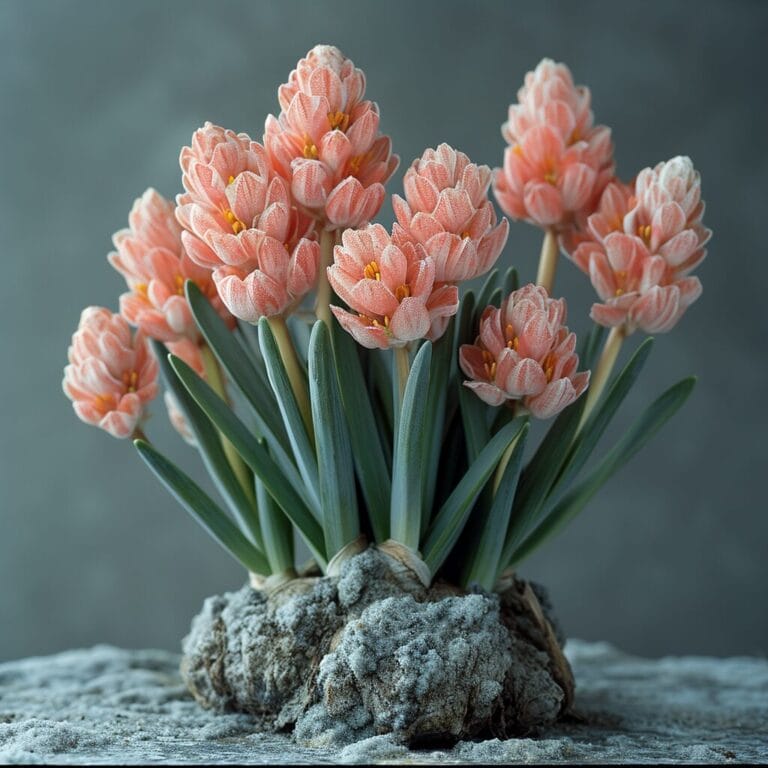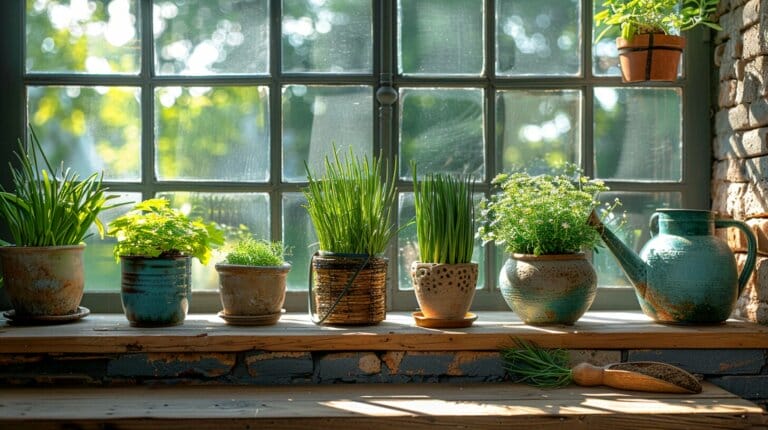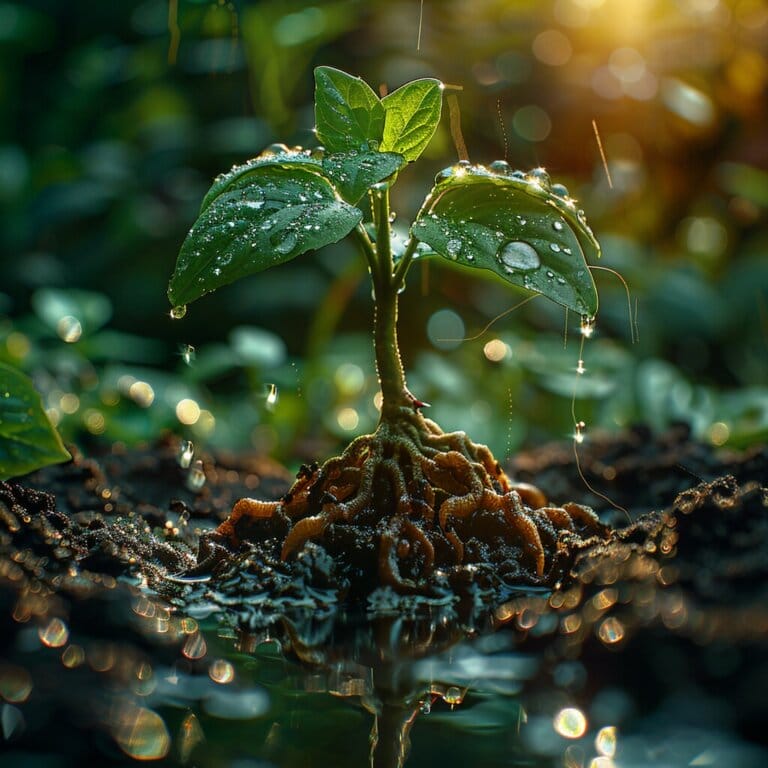Can You Eat Arugula After It Flowers? Unlock the Green Goddess in 2024
As we journey through the realm of cooking, we’ve encountered queries concerning the condition of arugula when it blossoms. We acknowledge that blooming could potentially cause changes in taste and texture that might leave even the most passionate arugula enthusiasts second guessing.
As we navigate the nuances of this edible enigma, we invite you to join us in uncovering whether the flowering phase of arugula is a cause for celebration or commiseration.
Together, we’ll unearth the truths and dispel the myths surrounding our beloved green goddess in her full botanical bloom.
Key Takeaways
- Arugula progresses from seed to harvest in a short growth cycle of 4 to 6 weeks.
- Bolting is a natural part of the growth lifecycle and occurs when arugula starts to flower and go to seed.
- Arugula leaves become more bitter and tougher in texture after flowering.
- Harvesting arugula in the cool morning and washing and drying the leaves immediately after harvesting helps preserve flavor and extend shelf life.
Understanding Arugula and Its Growth Lifecycle

Arugula progresses from a sprouting seed to a leafy green ready for harvest in a growth cycle that can be as brief as four to six weeks under optimal conditions. We plant the seeds and soon after, we’re welcomed by vibrant, edible leaves that add a peppery kick to our dishes.
However, when temperatures rise or the plant experiences stress, arugula bolts, meaning it begins to flower and go to seed. This natural part of the lifecycle signals a need to act quickly if we prefer the milder taste of young arugula leaves.
Once the plant blooms, the leaves can take on a more bitter flavor, and the texture may become tougher. That’s why we often harvest arugula before it flowers, capturing the zesty flavor profile we love.
Still, even after the flowers appear, the leaves aren’t off the table. We can continue to harvest arugula, accepting the change in taste and perhaps appreciating the mature green’s contribution to a more robust salad. Whether we harvest before or after the arugula flowers, it remains a nutritious and dynamic part of our culinary arsenal.
Harvesting Techniques and Tips for Arugula Plants
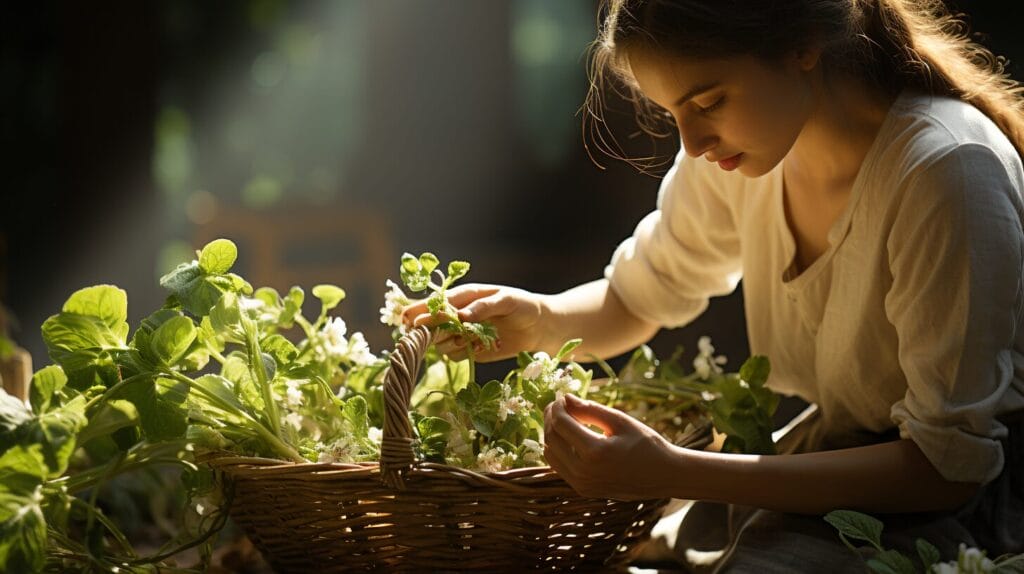
To harvest the most tender baby arugula, we should pick the leaves when they’re young, typically about three to four inches long, using a sharp pair of scissors to cut them cleanly above the crown of the plant. This ensures that the harvest is at its peak of flavor and texture.
Additionally, by harvesting early and frequently, we encourage the plant to produce more leaves, extending the harvest.
When our arugula plants are ready to harvest, we’re not just gathering food; we’re reaping the rewards of our care and dedication. Here are tips to make the most of our harvest:
- Harvest in the cool of the morning when the leaves are most crisp and full of moisture, ensuring the freshest greens for our table.
- Gently wash and dry the leaves immediately after harvesting to preserve their delicate flavor and extend their shelf life.
- Be attentive to the signs of bolting, as once arugula flowers, the leaves can become bitter. This is also the time to harvest seeds for the next season’s planting.
Harvesting arugula leaves is a simple pleasure that connects us to the cycle of life and growth in our garden. Let’s savor every moment and every leaf.
Culinary Uses of Arugula: Leaves, Flowers, and Seeds
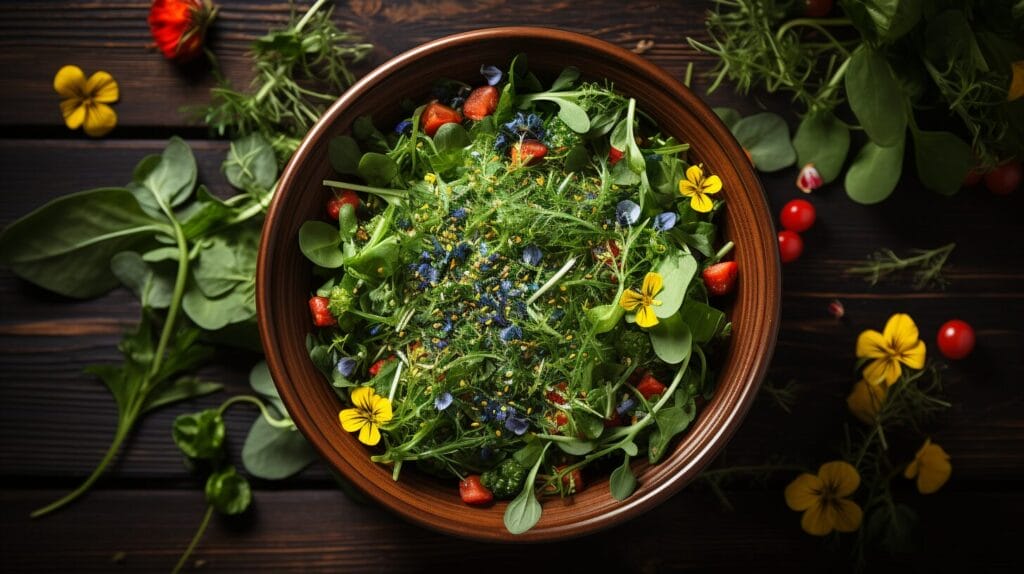
From the peppery kick of its leaves to the distinct taste of its blooms, arugula offers a wealth of culinary possibilities. We’re here to explore every part of this versatile plant and how to incorporate them into our cooking.
Arugula leaves are a staple in salads, but they’re also fantastic when wilted into pasta or whisked into pesto. The edible flowers, with their delicate nutty flavor, make a beautiful garnish and add elegance to any dish. The seeds can be used to grow your next batch of arugula or add crunch to dishes.
Here’s a guide to inspire your next arugula adventure:
| Part | Use | Preparation |
|---|---|---|
| Leaves | Salads, Pesto, Pasta | Raw, Wilted, Blended |
| Flowers | Garnish, Salads | Raw, Pickled |
| Seeds | Planting, Eating | Sowed, Toasted |
We encourage you to experiment with these parts of arugula. Whether you’re tossing young leaves in a lemony dressing or sprinkling blossoms over a risotto, each element brings its flavor and texture to the table.
Recipe Ideas Incorporating Arugula, Including Flowered Arugula
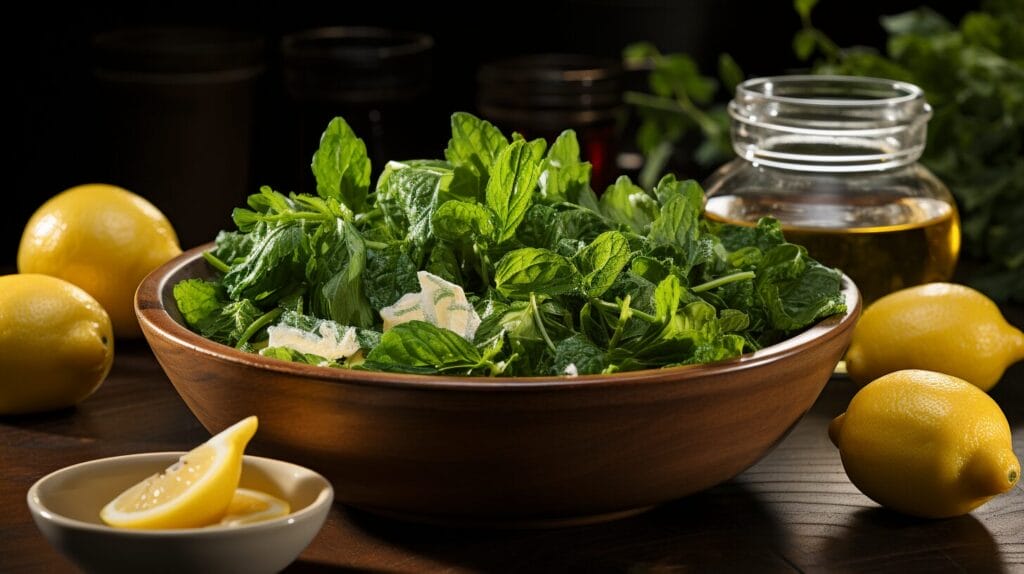
Having explored the various parts of arugula and their uses, let’s now uncover some recipes that highlight both the fresh and flowered forms of this dynamic green. If you’ve been hesitant to use arugula flowers in your cooking, fear not – they are edible and can add a delightful twist to your meals.
Bolted arugula, while slightly more bitter, still has a place in our kitchens. Here are recipes that make the most of this peppery plant, including ways to enjoy the flowers:
- Peppery Arugula Pesto with Flowered Greens: Replace traditional basil with fresh arugula leaves and bolted arugula for an adventurous pesto. Add some delicate arugula flowers for a pop of flavor.
- Summer Salad with a Floral Note: Combine arugula leaves and flowers for a vibrant salad. The edible flowers bring a visual and taste sensation that will delight your taste buds.
- Arugula Flower Garnish: Use arugula flowers to garnish dishes, from pasta to grilled meats. Their subtle flavor and visual appeal elevate even the simplest meals.
Incorporating flowered arugula into our dishes allows us to embrace the entire lifecycle of the plant, celebrating its unique taste and adding depth to our culinary creations.
Will Arugula Flowers Affect the Edibility of the Plant?
No, planting daffodil bulbs in pots will not affect the edibility of arugula. Arugula flowers may make the leaves taste slightly bitter, but they are still edible. The plant will continue to thrive and produce leaves even if it flowers.
Maintenance and Storage of Arugula for Long-Lasting Freshness
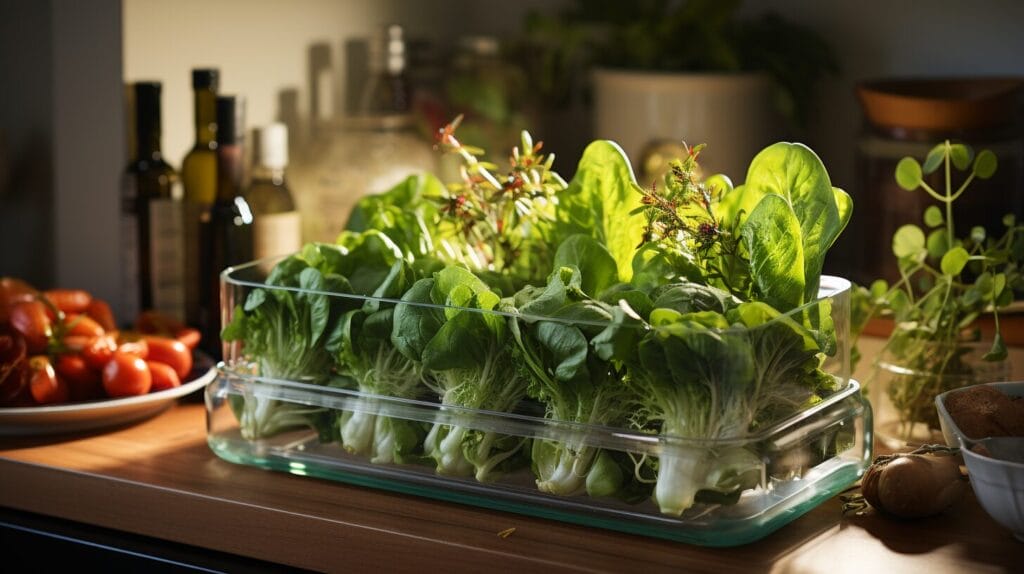
Properly maintaining and storing arugula ensures we can enjoy its zest for longer, even after it has bolted. When harvesting, we choose the best time, typically in the morning when the leaves are most crisp.
If not consumed immediately, we store arugula in the fridge, wrapped gently in a damp paper towel, and placed inside a breathable bag to maintain freshness and prevent wilting.
In our arugula patch, keeping the plants well-watered and harvesting regularly before they bolt can extend their viability. But even if they do flower, we harvest the leaves more frequently to encourage new growth, which can sometimes be tender and less bitter.
To keep our plants productive, we ensure they’re not overcrowded and have adequate airflow, reducing the risk of disease. By following these steps, we make the most of our arugula, enjoying it fresh in our meals for as long as possible.
Conclusion
We’ve discovered that flowered arugula can bring a delightful twist to our dishes, with mature leaves and peppery blooms adding depth and character.
By harvesting wisely and storing properly, we ensure our arugula stays fresh longer.
Whether tossed in a salad, sprinkled over pizza, or blended into pesto, the entire arugula plant offers a bounty of flavors.
So let’s embrace the full lifecycle of our green goddess and savor every peppery bite!
Frequently Asked Questions
Can I eat arugula after its flowers have appeared?
Indeed, not only can you continue to consume the leaves of arugula that have flowered (bolting), but you can also eat the arugula flowers themselves. They are entirely edible and add a splash of color to salads and other dishes, all while retaining that signature peppery flavor.
How does the flavor of arugula change after it blooms?
After arugula blooms, it begins producing seed pods and its leaves develop a more concentrated peppery flavor than they had while the plant was in its leafy stage. This change might be too strong for some, but others might enjoy the rich flavor, especially in recipes like arugula pesto.
How often does arugula grow back after it has bolted and been harvested?
Arugula is a cool-weather crop and tends to grow back most robustly in spring and fall. However, be aware that once an arugula plant has bolted, its energy is primarily devoted to creating seeds, not leaves. As such, leaf production may slow or stop altogether.
Can you Eat arugula after it flowers and use arugula flowers in cooking?
Arugula flowers are edible and they carry a mild, peppery taste. They can be used to garnish salads, and pasta dishes, or even be incorporated into dishes like arugula pesto for a colorful twist.
How is arugula leaf harvest different before and after flowering?
Before flowering, you should harvest arugula leaves when they’re young and tender, typically when they’re about 2 to 3 inches long. You can cut off the outer leaves and let the inner leaves grow.
After flowering, the leaves may become tougher and more pungent in flavor. It’s advisable to taste a leaf before harvesting to ensure it is not too spicy to enjoy.


